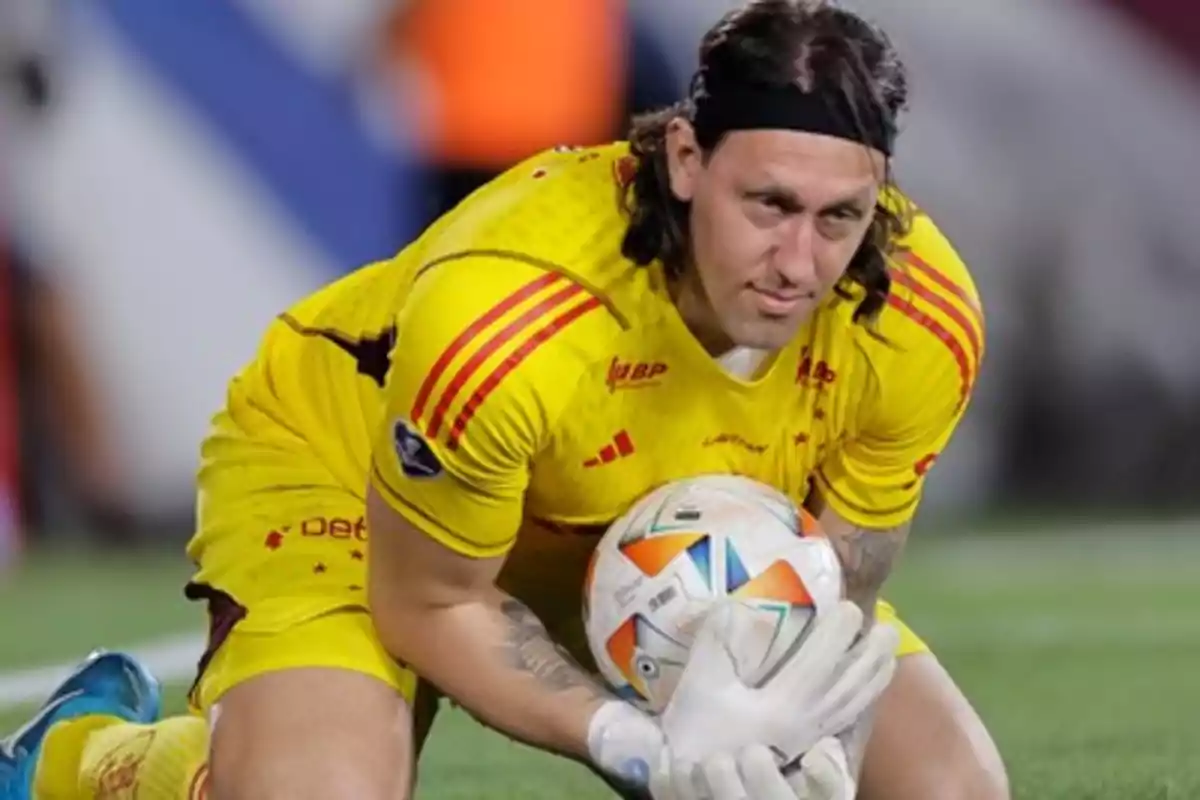
The new modifications in the Libertadores and Sudamericana regulations
Conmebol announced the regulatory changes for this new edition of the international tournaments
This Tuesday, the Copa Libertadores and the Copa Sudamericana kick off, featuring regulatory modifications. Through a statement, Conmebol announced updates to certain rules aimed at improving the development of the game and reducing some situations that generate controversy or delays.
Main changes in the regulations:
1) The eight-second rule
One of the most significant changes relates to the time goalkeepers can hold the ball in their hands. According to Conmebol, "given the convincing results of the trials conducted in several countries, the members approved a change to rule 12. In order to reduce time-wasting by the goalkeeper, from now on they can hold the ball for up to eight seconds. After that time, the goalkeeper's team will be penalized with a corner kick for the opposing team".
To ensure the goalkeeper is aware of the allowed time, the referee will raise their hand as a countdown signal.

2) Only the captain can talk to the referee
The provisions limiting communication with the referee to team captains will now be included in the Observations and adaptations section, as well as in rule 3. This measure is encouraged to be applied in all tournaments, as it contributes to improving player conduct, the relationship with referees, and the retention of referees in professional soccer.

3) Rules on game resumption and dropped ball
When the match is stopped with the ball outside the penalty area, the referee will award a dropped ball in favor of the team that had possession or had recently gained it, as long as it can be determined with certainty. If it is not possible to establish this, the game will resume with the team that last touched the ball. In any case, the ball must touch the ground at the same point where it was when the action was stopped.

4) Regulation of the ball in play
If a member of the technical staff, a player off the field, a substitute, a substituted or expelled player touches the ball when it is clearly going out, the referee will sanction with an indirect free kick. There will be no disciplinary measures if it is determined that the interference was unintentional.

5) VAR protocol
In tournaments using the VAR system, the referee will now be allowed to publicly explain the decisions made after a review or an extended verification of the play.

6) Assistant referee's position on penalty kicks
For competitions using VAR, it is recommended that the assistant referee positions themselves at the penalty spot level, as this line serves as the reference for offside. This will facilitate the review of doubtful plays related to the goalkeeper's advancement or the validity of a goal.

More posts: